Reimagining Public Spaces
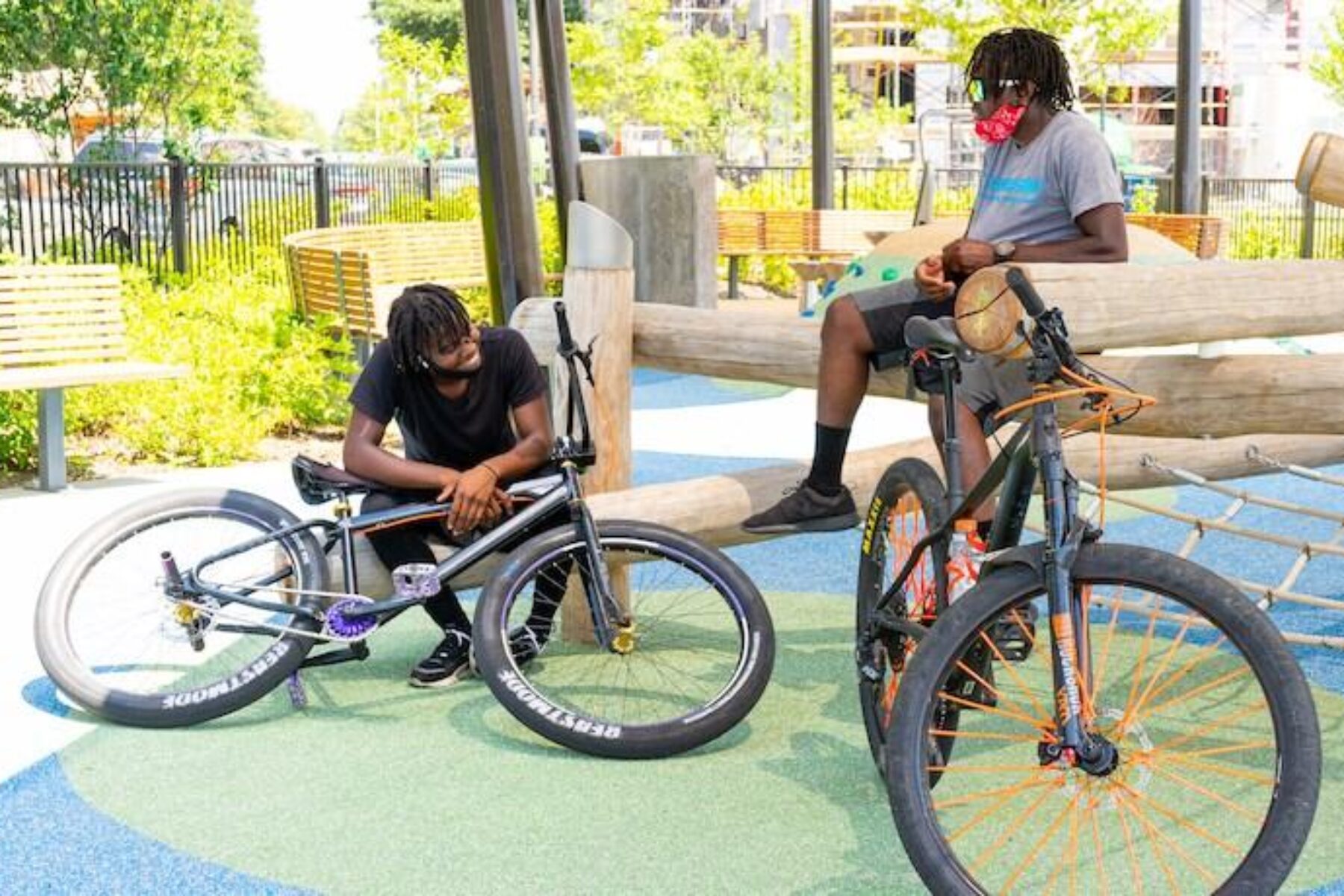
Last year, when the team at Rails-to-Trails Conservancy (RTC) was elbow deep in defining the elements of our next strategic plan, a global pandemic had upended the world, and calls for justice were bringing focus to the deep and far-reaching impact of racial inequities. In that moment, we explored the strengths of our movement, our role in bringing solutions to these significant social challenges and the opportunities ahead. What we found captured our imagination and brought reason for hope.
Surging demand for trails alongside an urgent call for safe, inclusive spaces for people to be active outside revealed the critical role we had to be both steadfast and expansive in our mission.
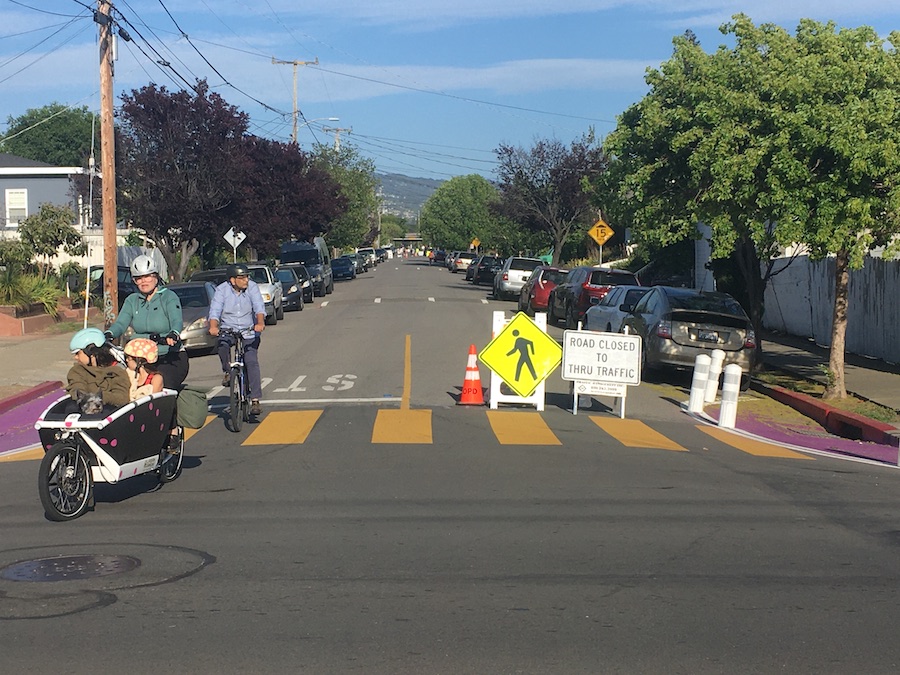
The opportunities to create safe spaces for people to walk, bike and be active include and extend beyond disused rail corridors. We’ve worked for years to connect people and places across many different rights-of-way—multiuse trails that deliver a comparable experience across rail-trails, greenways, canalways and more. At the core of RTC’s TrailNation™ strategy to develop model regional trail networks nationwide is the necessary work of strategic gap filling.
While rail-trails often serve as the pivotal spines of these networks, continuous innovation is necessary to build the connections.
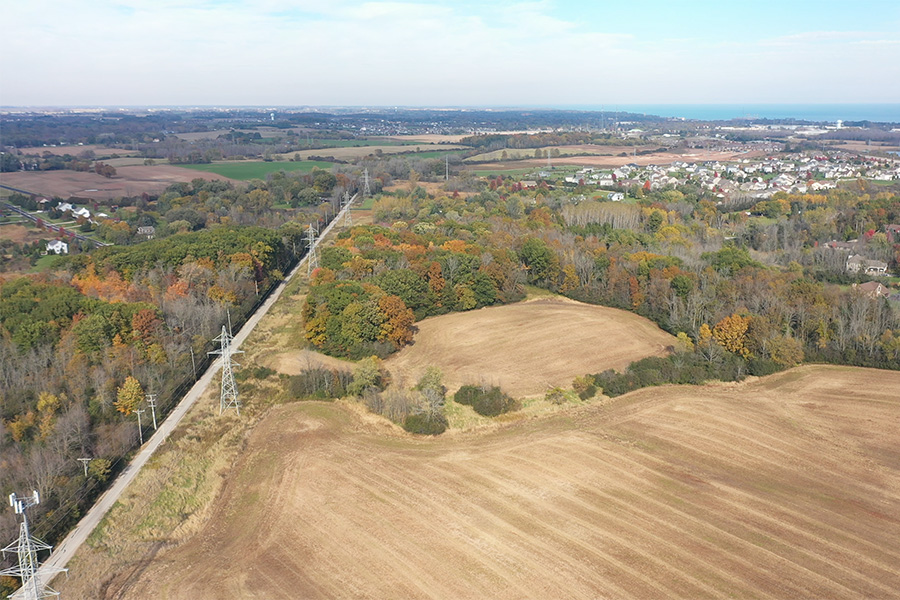
For example, in the Route of the Badger network, utility corridors in tandem with disused rail corridors and greenways provide the critical blueprint to connect 700+ miles of trails across Southeastern Wisconsin. You can read more about this phenomenon in the cover story of our Fall 2021 issue of Rails to Trails magazine. Partnerships and relationships with utility companies, like WE Energies, have made possible hundreds of miles of trails over decades, and “can serve as [models] for other trail developers who have considered working with utility companies to build up trail networks across the country.”
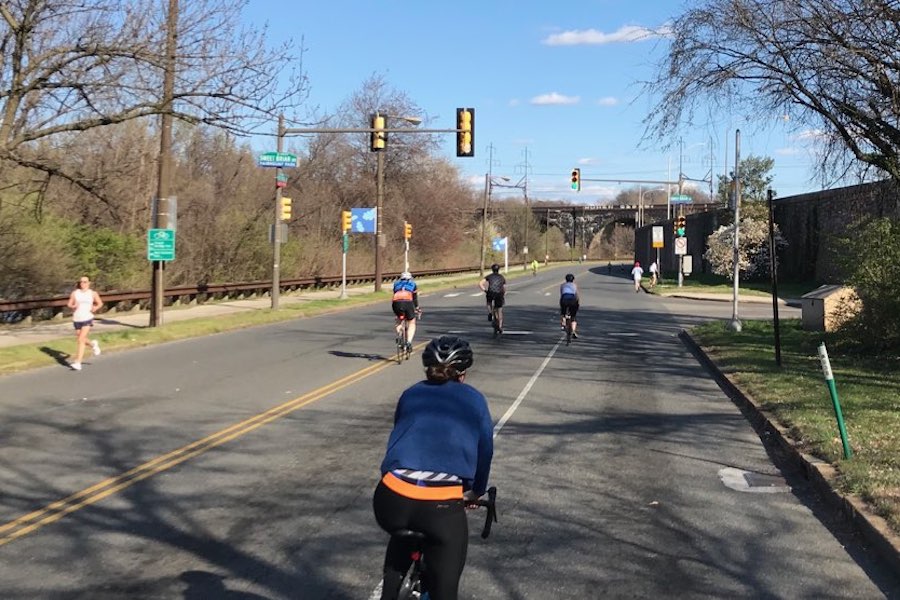
At the height of the pandemic, hundreds of miles of streets were opened to pedestrians and bicyclists—creating space in communities seeking out places to be active outside, and inspiring us to think more about what it means to create new access to the outdoors in every single neighborhood in America. Now, as cities and towns navigate how and whether to keep these “open streets” open, communities are exploring what it means to have close-to-home access to the outdoors for everyone, everywhere, in our country.
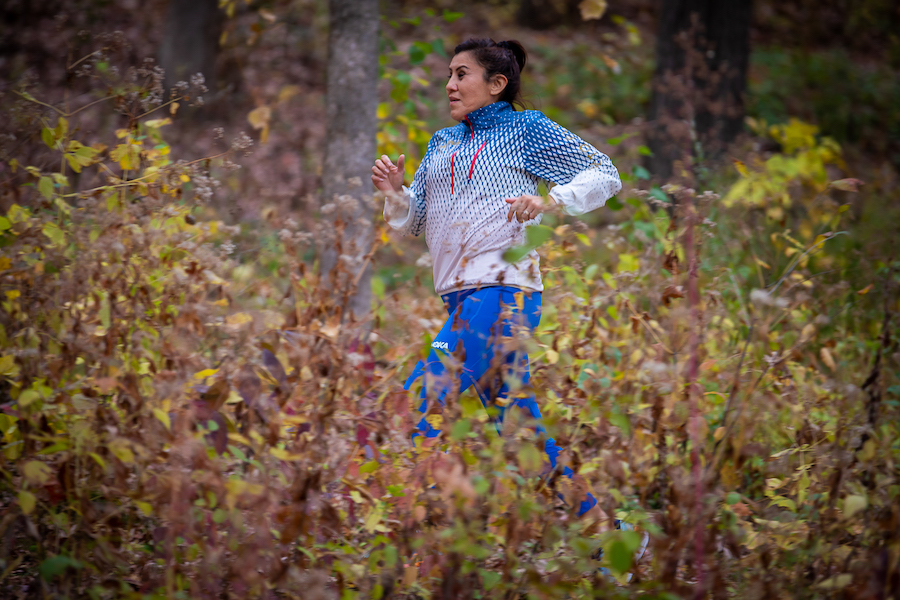
We hear from people every day whose stories remind us of the impact that trails have on communities—and the urgency of our work to reimagine public spaces so that more people have places to be active outside right where they live. People like Verna Volker, the founder of Native Women Running, remind us of the profound spiritual, mental and physical health benefits of having safe, welcoming spaces to be active in nature. Verna’s story comes amidst thousands of people who have shared their #TrailMoments with us—stories of resilience, joy, health, connection and forward progress.
As we look to the future, we find inspiration in the opportunities to bring imagination and urgency to the work of connecting the nation by trail.
Special thanks to RTC President Ryan Chao for this—the latest post in his series on the role of trails in connecting the nation, and creating healthy, thriving communities across America.

Donate
Everyone deserves access to safe ways to walk, bike, and be active outdoors.
